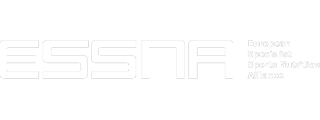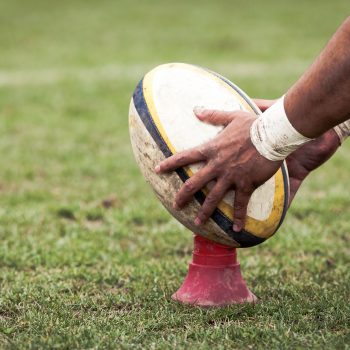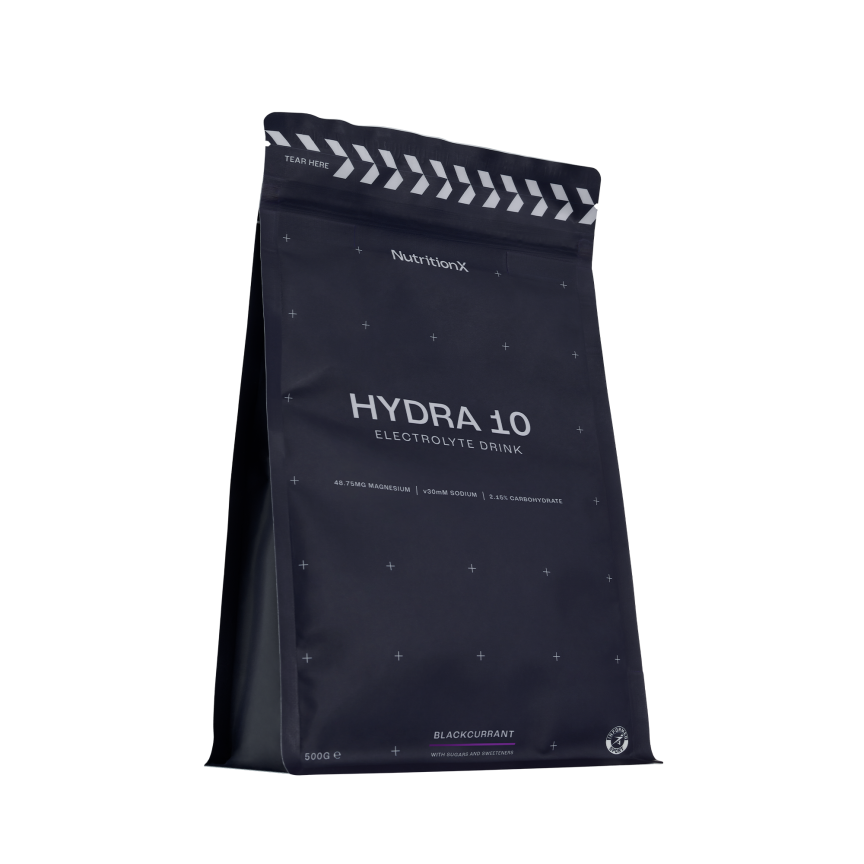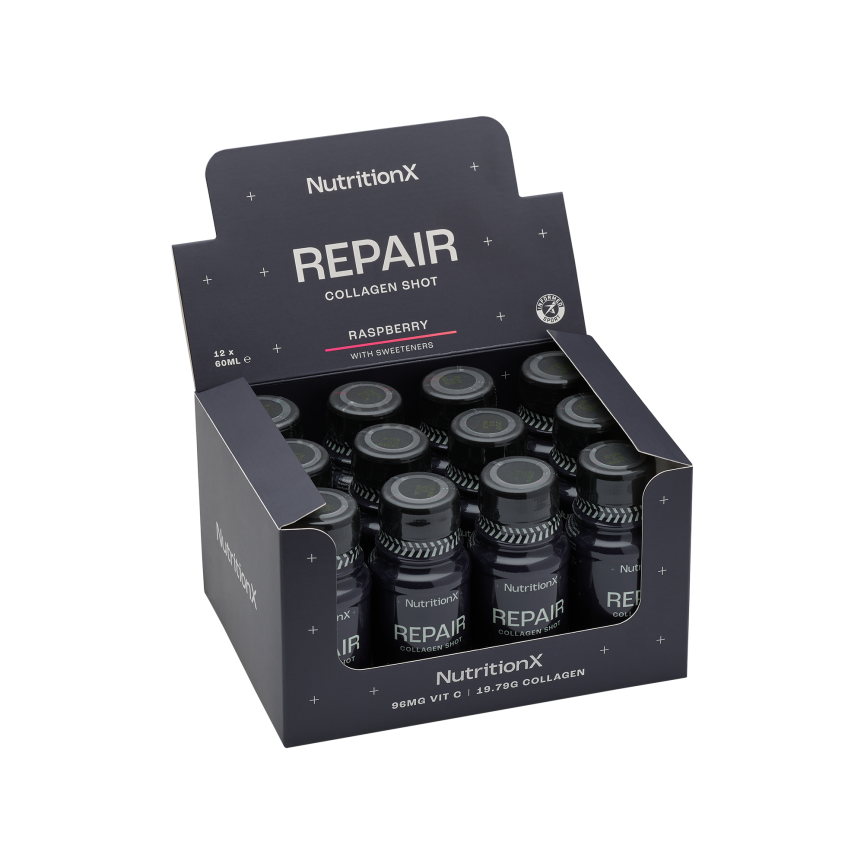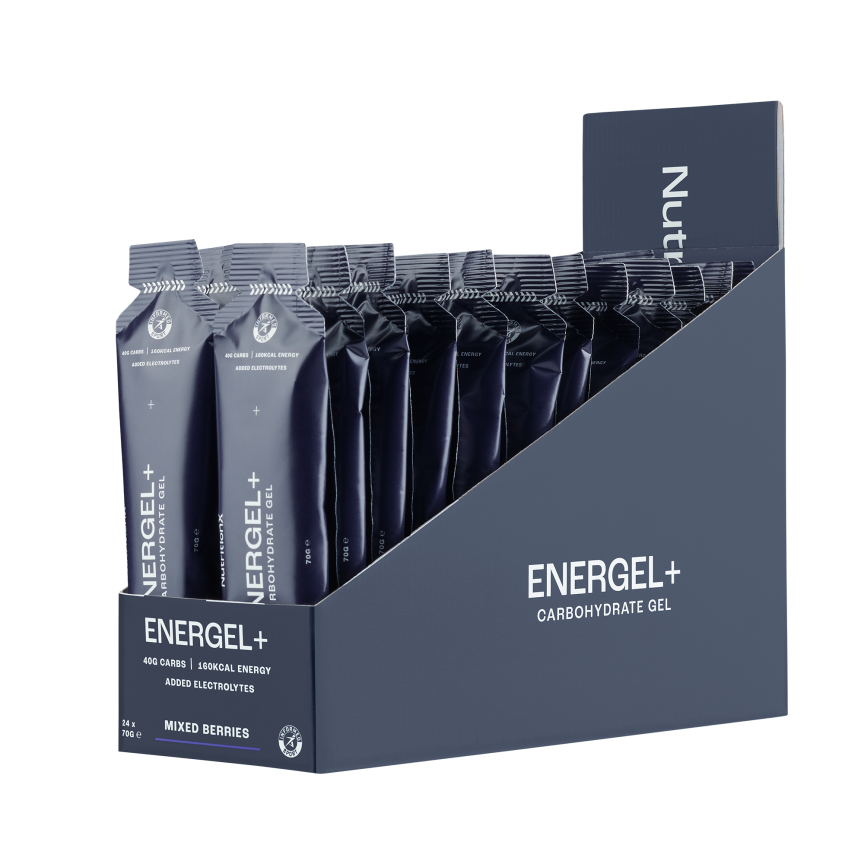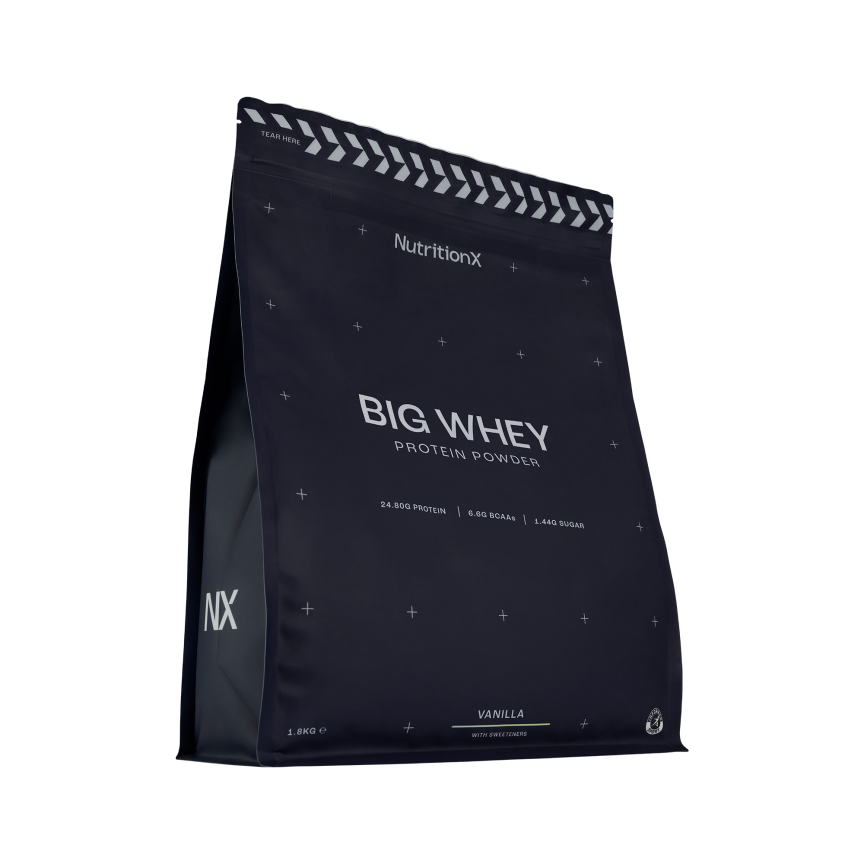Fuel the Work, Fuel the Week
Ever wondered how a Premiership rugby player tackles getting the right fuel on board to ensure they’re performing at their peak on the pitch, ahead of a big game? We’ve caught up with Gloucester Rugby Performance Nutritionist and former Premiership player James Hudson for the lowdown on how the pros tackle rugby nutrition, looking at an average day in the life of a full-time player.
How important is nutrition for rugby players?
“The relentless nature of Premiership rugby means every day is meticulously planned to allow the players to prepare for the weekly battle. Every session, whether it is technical, tactical or physical in nature, can be optimised by making the right food choices. The emphasis on specific foods will change but ultimately the mantra of fuelling our work and therefore fuelling the week is what we try to instil in the players so they can perform at their best.
An average food day for a Premiership Rugby Player
“After the obligatory groans once the alarm goes off and the first few stiff steps of the day, the players will make their way into the training facility and are presented with the first chance to eat. Breakfast might not be the most important meal of the day, but it certainly sets the tone. The training intensity will vary across the week with tactical days and rest days maybe not requiring quite as much fuel as intense days, but it is by no means devoid of carbohydrate.
The bedrock of each meal is a quality source of protein. At breakfast this will usually be from eggs, chicken sausages, fish, and dairy products. The carbohydrate sources will be multigrain bread, bagels, homemade granola and porridge. Its also important to get some colour from fruit and veg not only for the extra energy but also the protective health benefits.
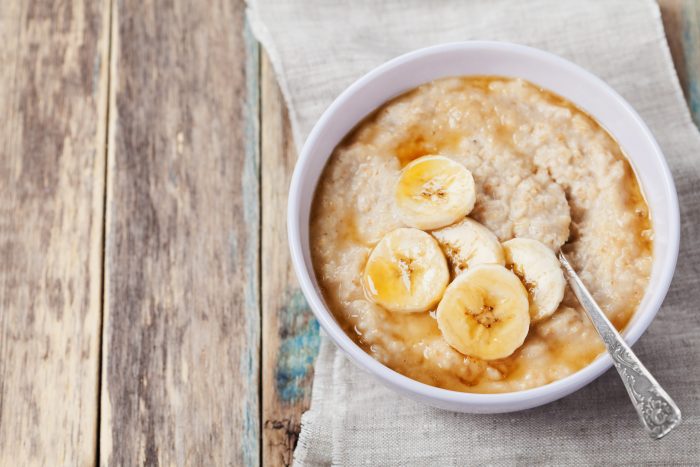
High Fuel Breakfast of Mango Porridge with Banana
LOW-MOD Fuel breakfast: Roasted peppers frittata, 2 chicken sausages, spinach, and beans with a multigrain bagel.
HIGH Fuel breakfast: Large bowl of mango porridge with banana, 3 poached eggs with smoked salmon and roast tomatoes.
A large part of the preparation in-season is spent tactically analysing opposition and formulating plans for the upcoming fixture. Positional meetings and units (forwards and backs) will meet in this time after breakfast.
A gym session moving through lower body/upper body and whole-body power each week is also completed in the morning. Not only will the players lift weights they will complete exercises to keep injury free and robust. We can complement these activities nutritionally with collagen in the form of the Nutrition X Repair Shot. These contain collagen protein, vitamin C and copper, which are all ingredients purposed to promote the health of tendons, ligaments, and soft tissue. Players who have ongoing injuries use the shots 30-40mins prior to these sessions to maximise the effect and keep niggling Achilles and knee tendons healing.
A chance to refuel after gym work is welcomed. Again, the content depends upon the time before the next session and most importantly the intensity of the afternoon session. On tactical days a whole food meal can be stomached as the afternoon is a lot of ‘walk & talk’ but especially on the second and fourth days of the week (GD-4 and GD-2) the intensity is very high so an easily digested source of protein and carbohydrate fuel is the order of the day.
Smoothies using Big Whey provide a flexible base, and we try to cram as much nutrition as possible with them. Combining frozen berries such as blueberries and cherries add protection and flavour. The addition of banana and milk provides much needed energy, calcium and benefits hydration. On these high demand days, we can add extra fuel with muffins, energy balls, and waffles which not only promote mood in the camp but also the right fuel for a 90+ minute session involving plenty of contact and high-speed running!
Example whole food meal, low-mod carb: Turkey stroganoff, basmati rice with veg, beetroot, carrot and tomato salad (as picture).
High fuel snack meal: Apple and raisin waffles with Greek yogurt and blueberries, passionfruit and vanilla whey smoothie or carrot and sultana wholemeal muffin with chocolate and banana smoothie.
During the sessions it is also about providing the right hydration choices. Tactical days require nothing more than water. The rest of the week, Hydra 10 provides the right extra fuel for sessions and during matchday we use HydraFuel in bottles together with Energel+.
Recovery Meals for Rugby Players
The main recovery meal will be available after the training session has finished. This is the players’ opportunity to restore their muscle stores of carbohydrate energy and kick off the repair processes again. Their portions will be individual and guided by the intensity and duration of the training session. We can use how hard they perceived the session to be as a prompt and then use example plates on the buffet to help. When you have front five forwards who have trained hard and need 120-150g+ of carbohydrate eating alongside an injured scrum half at 85kg who only needs 50g carbohydrate there need to be plenty of options but also aids to help them make good decisions.
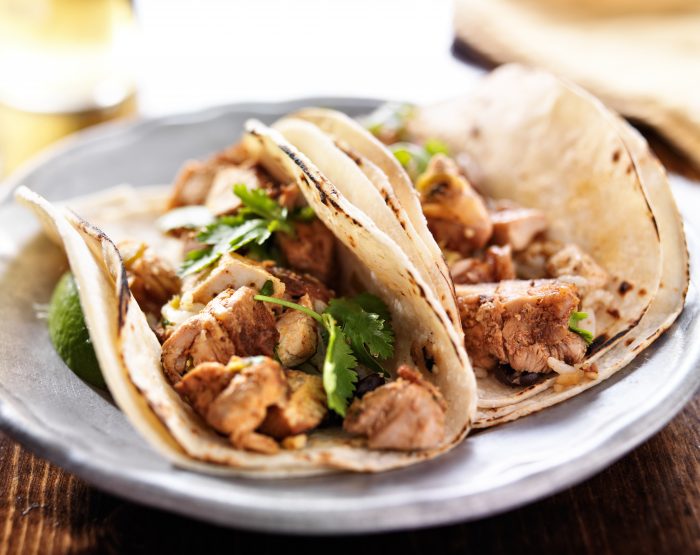
High Fuel Chicken Tacos
Favourite high fuel meal examples: Katsu chicken with sticky rice and stir-fried vegetables, pulled chicken tacos with baked rice, guacamole and salsa or (as in the photos) lasagne with homemade garlic focaccia.
Lower fuel meal examples: Lamb tagine with apricots, roasted cauliflower and quinoa tabouleh.
The Evening Feed
The players are then responsible for an evening meal which again can be individualised with recommended portions of protein and carbohydrate fuel depending again on how high their activity has been for the day and their physical goals. Generally, their fuel needs will be lower here and it is a good opportunity to incorporate fat sources to promote health and recovery.
Meal Example: Cajun Salmon with coconut squash mash, black beans, avocado and tomato.
The last opportunity players can take advantage of is before they sleep. Low effort but impactful timing of pre-sleep protein can help promote recovery and adapt to the days training with their eyes shut. Here a combination of whey and casein milk proteins is palatable and flexible. For example, a bowl of high protein yogurt such as Greek/Skyr or kerned yogurt (3-4 tbsp) can be mixed with 1 scoop of Big whey powder. Berries, honey, nut butter can also be added to meet their needs but overall a 40g serving of protein is the target. This can also be converted into a smoothie or even mug cake to prevent boredom. This is a habit especially promoted on days where strength work in the gym has been performed, but for many it helps at least maintain muscle mass through the season.
Before getting between the sheets for much needed rest and recovery, players may also find this a good time to remember to take any supplementation. Vitamin D3 will feature throughout the year, as will high strength Omega 3 fish oil – especially for those non-fish eaters. Habits are key for this so many will leave them next to their toothbrush so without thinking they have covered all bases before getting up the following day and doing it all again. The physical and mental demands are high but by making the fuelling and recovery taste great it can be repeated consistently.
A big tribute has to be paid to Gloucester Rugby Chef Will Carvalho who works tirelessly with his team to convert the science into tasty plates every day.
Keys to the Day
Protein is a consistent feature at every meal and snack opportunity, the players aim for 4-5 portions every day and each portion will be somewhere between 40-50g in total due to their size and varying physical goals. Plenty of variety keeps things interesting. Often it is important not to overeat on protein portions which is easy to do in buffet situations. As a nutrient it is very satiating, so by eating the correct portion players still have the appetite to meet their energy needs which. Eating excessive protein at each meal is not going to provide any further benefit so spreading it out across the day and not ‘backloading’ it in the evening meal means it can serve its performance purpose in a tasty way.
Fruit and vegetables are such powerhouses to maintain the health of the players but are often not their first thought. As you will see from the example meals we try to make them part of dishes consistently. For example; roasted peppers in frittata, fruit puree and dried fruit in porridge, frozen berries in smoothies, muffins with apple or carrot in, all come together to help meet their needs without a concerted effort required!
Carbohydrates are the predominant source of energy to fuel intense training and whilst earlier in the training week when tactical sessions occur the players needs are lower, the emphasis on GD-1 is very much in fuelling up for the match. This will involve those higher fuel choices and portions appearing consistently throughout the day. Choosing dense options such as bagels, oats, fruit juices, rice, and pastas, make this process easier to achieve the 600g total over the day we would aim for!
Fat is often a neglected nutrient especially form the preferred sources and when dealing with such high energy demands and the growth of younger players too, a conscious effort to include sources is important. Players can add nuts and seeds to porridge at breakfast, frozen avocado in smoothies or fresh, mashed on toast as well. Oily fish will be encouraged and on the menu several times a week too.


